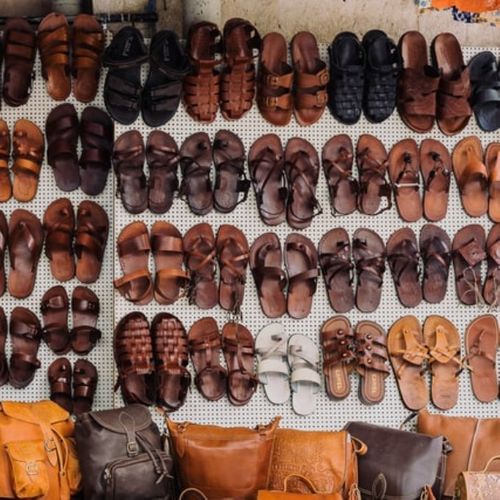Bata Pricing : Why It Tricks Us To Buy
Jun 17, 2022 · 2 mins read
0
Share

Bata pricing is a retail practise which sees the cost of an item advertised at the nearest .99 number instead of the obvious even one. For example, that shiny new pen may cost you $1.99 instead of $2. What is the reason for the price point and how does affect consumer behaviour?
Save
Share
This strategy rose to prominence thanks to the Bata Company, a footwear and fashion brand incorporated in 1894. Czech siblings of the Bata family began mass manufacturing the footwear their forefathers had designed and perfected for generations.
Save
Share
Tomas Bata and his siblings figured that keeping their footwear affordable would ensure more custom. They became known for moderately priced durable wares and the company excelled in its field. Tomas was a smart marketer and an astute businessman who took up the company reigns.
Save
Share
Modern marketing studies show consumers process prices with what marketers called a “left digit effect”, in essence absorbing the left number only to determine the products worth. Pricing an item at $1.99 fools the brain into focusing on $1 instead of the more realistic $2 cost.
Save
Share
Using strategies based on consumer behaviour, Bata grew exponentially. When other brands refused to bend, Bata were reducing prices. Breaking into the Indian market, Bata shoes were the best quality at the most reasonable price, ensuring repeat business and a stellar reputation.
Save
Share
Bata Corporation doesn’t advertise. They claim that would cost the company money which would negatively affect the price the consumer pays. Meanwhile, upscale luxury brands are beginning to use solid dollar price points, not wishing to be associated with budget or bargain items!
Save
Share
One cent coins can be contentious. In 1875, the Chicago Daily News lowered their price to 1c to compete with the nickel papers. Pennies were in short supply so the paper colluded with retailers to utilise Bata pricing to guarantee people had a few loose cents in their pockets.
Save
Share
Some countries have eliminated the lowest denomination coins to save minting costs. Australia discontinued the 1c and 2c and by 1992 the coins was out of circulation. What effect did this have on Bata Pricing? Items went on sale for .95 instead.
Save
Share
There are other theories to accompany the ‘penny change’ tactic. Retailers may have adapted it to ensure their sales staff had a reason to return to the register and prevent employee theft. Products are arranged into bands for taxation, the penny off can help incur less excise.
Save
Share
Thanks in part to progressive pricing, Bata remains the worlds leading footwear manufacturer, still managed by the Bata family more than 125 years on. Next time a product you purchase has a Bata price attached, ask yourself, did the classic psychological strategy trick you too?
Save
Share
0